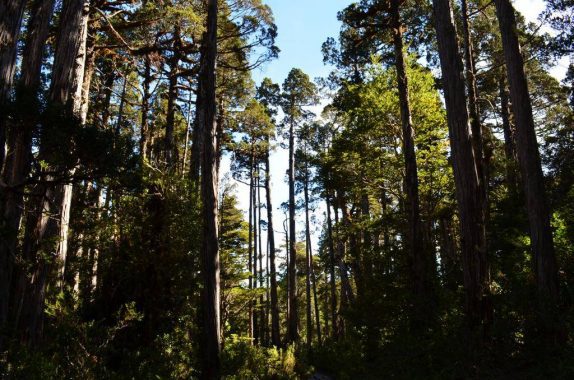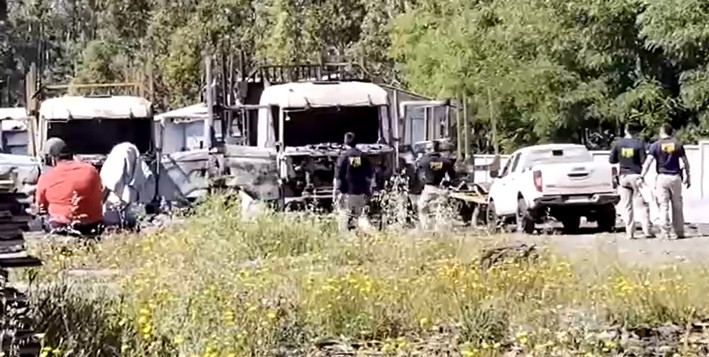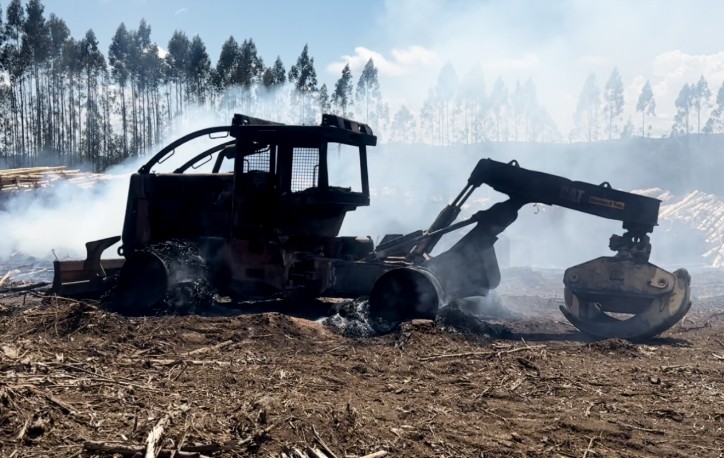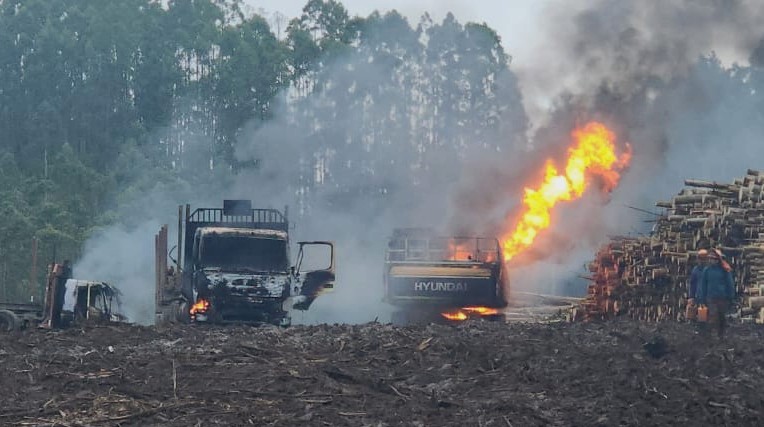Total Inconsistency: 30 Years After the Central Bank Report on Native Forests
By Leonardo Araya Valdebenito, forestry engineer.
In 1995, the Chilean forestry scene was shaken when the so-called Central Bank Report was made public, containing grim forecasts about the future of Chile's native forests. The report, authored by Antonio Lara, an academic from the Universidad Austral de Chile, and Marcel Claude, an economist and later presidential candidate, estimated that in 1995, Chile had only 7.3 million hectares of native forest remaining—or even as little as 6.7 million hectares in a more pessimistic scenario.
Native Forests and the Central Bank's Grim Forecast in 1995
Lara and Claude claimed that, over ten years between 1985 and 1994, Chile had lost—in an optimistic estimate—400,000 hectares of native forest, and up to one million hectares in a pessimistic estimate.
Based on these estimates, projections emerged that shocked the press and public opinion. By 2003, all native forests in the O’Higgins and Maule regions would disappear, with only those in Forest Reserves surviving.
As for the Biobío Region, under an optimistic estimate, the forests would vanish by 2005 (meaning, according to this report, they would have been gone for twenty years already), with only the 25,000 hectares in reserves and parks remaining.
For the La Araucanía Region, the collapse would occur between 2001 (pessimistic scenario) and 2015 (optimistic scenario).
Now, thirty years later, it is possible to assess the accuracy of those dire predictions—especially considering how frequently researchers with an Erostratus complex publish catastrophic findings about Chilean forests, which journalists widely disseminate.
The latest example is the Mapbiomass project. Today, we have remote sensors that provide highly accurate approximations of native forest figures. Even ordinary Chileans can verify the state of our forests using platforms like Google Earth. This has allowed CONAF to generate reliable data on the current extent of native forests.
Predictions That Did Not Come True
Regarding Lara and Claude’s grim forecasts, we can confirm they were wrong. According to official figures, the country now has 14.7 million hectares of native forest—or, under a more conservative estimate, 13.7 million hectares (with the difference being what I consider tall shrublands). Even with this conservative figure, Lara and Claude’s error is enormous, roughly double their 1995 estimate.
But the error is even greater when examining the authors’ predictions from thirty years ago. Based on their forecasts, between the O’Higgins and La Araucanía regions, no native forests should remain today outside national parks. The discrepancy in these regions exceeds two million hectares.
Similar discrepancies arise when analyzing predictions for other regions. These massive differences in the "1995 Central Bank Report" cannot be explained by varying forest definitions, as some claim, because changing the forest concept should uniformly adjust all figures. Instead, the report’s total forest figures are drastically underestimated, while deforestation figures are drastically overestimated. The inconsistency is total.
These errors reflect the lack of scientific rigor in the Central Bank Report’s preparation.
The figures we have today, derived from solid scientific work using modern global techniques and satellite tools like Google Earth, demonstrate the progress Chile has made in native forest conservation. They also confirm that the country’s forestry and environmental institutions are functioning effectively.
CONAF enjoys strong international prestige, and it would be good for the country, academia, and the media to acknowledge this.
Source:BiobioChile









